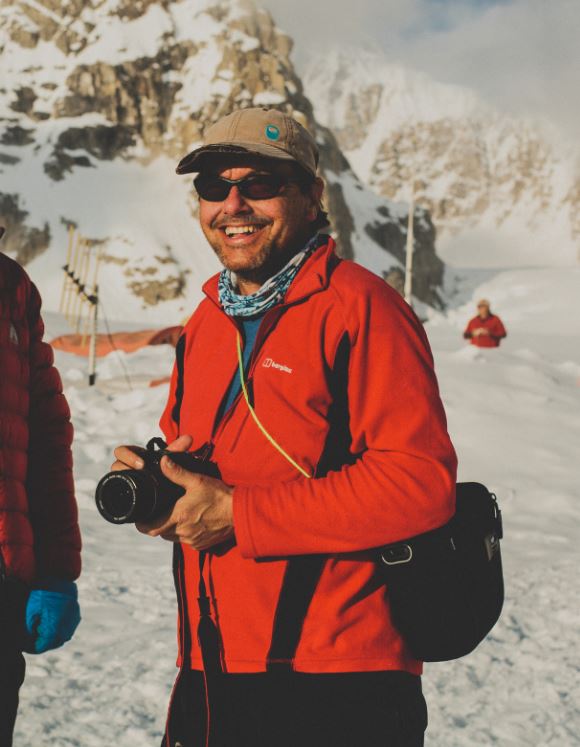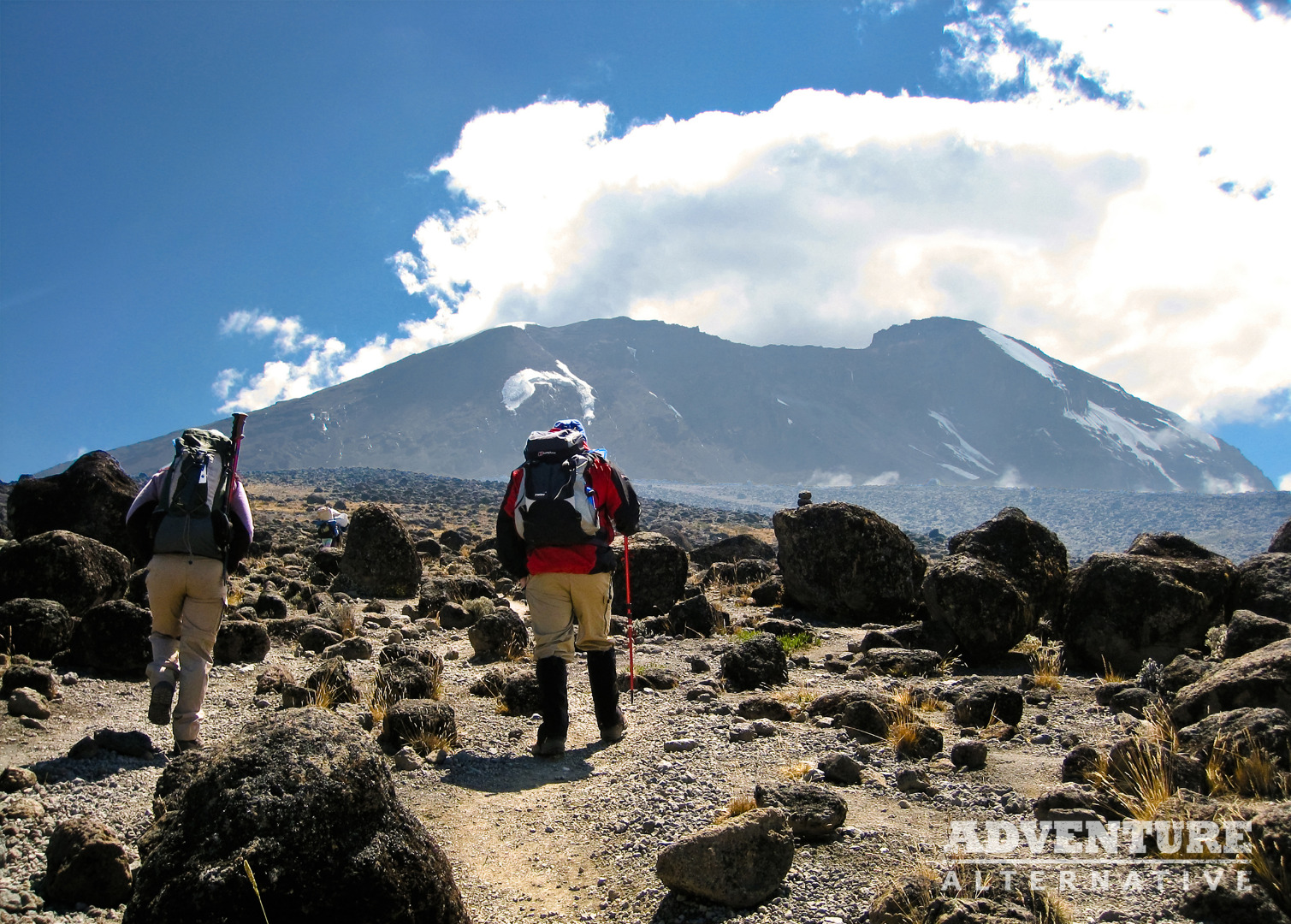
Best time to climb Kilimanjaro?
The main seasons for climbing Kilimanjaro are traditionally December through to March, and June through to October.
Essentially if you want to climb Mount Kilimanjaro you can do so all year round however……
WHAT IS THE BEST MONTH TO CLIMB KILIMANJARO?
The main seasons for climbing Kilimanjaro are traditionally December through to March, and June through to October. At this time temperatures in Moshi, at the base of the mountain, are typically around 22 degrees C and summit temperatures around – 7 degrees C.
It is generally advised to try and avoid November and April / May, which are when the short and long rains come. However, there is a caveat as the seasons are shifting and the timing of the rains is definitely less predictable when compared to the past, and of course you must be prepared (as per any mountain) for rain (and higher up snow) at all times of the year.
If you were to climb in a period when the weather would traditionally be wetter, then the northern slopes are not only less travelled but they’re also less affected by the rains. Therefore if you’d like to go at a quieter time then November and April / May deliver less people and if you use the Mount Kilimanjaro Rongai route, which starts on the northern slopes, it’ll be drier than the Kilimanjaro Machame route or Mount Kilimanjaro Lemosho routes that cross the southern flanks during the traditional rains. Or you could opt for the connoisseur’s route that encompasses all sides of the mountain by doing the 9 day Mount Kilimanjaro Northern Circuit Route!
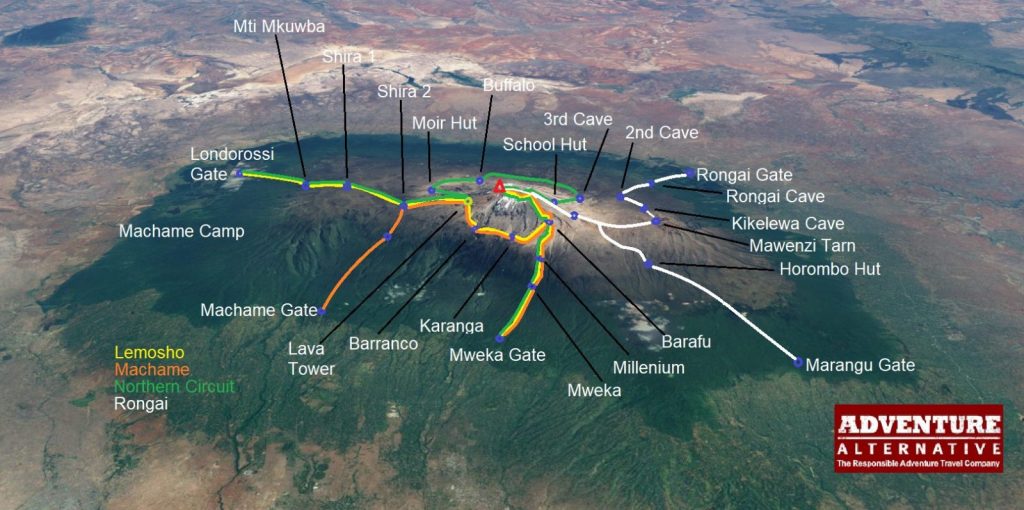
SHOULD YOU CLIMB KILIMANJARO ON A FULL MOON OR A NEW MOON?
Many people also take into consideration the moons and a full moon climb of Kilimanjaro, or indeed a new moon climb, is often a popular time. On a Full Moon climb of Kilimanjaro your summit night can be spent walking under the light of a full silvery moon – you won’t even need a head-torch. The less popular, and in turn a quieter time to climb Kilimanjaro on a New Moon is also an amazing experience as since Kilimanjaro is situated on the equator, under a new moon you climb with a full sky of both northern and southern hemisphere constellations twinkling above you. In fact, from high up on the peak you can see the North Star and the Southern Cross in the same sky! There is often more starlight than dark as you are so high and there is no light pollution.
If you would like to experience a climb on a full or new moon, then we recommend that you offset your summit night, so you don’t summit on the ‘actual date’ of the full or new moon (see image below). There can be no doubt that on certain nights the summit route can be remarkably busy with a lot of people leaving camp at the same time and initially creating a bottleneck. These groups spread out fairly quickly but if you’d like less people, then summiting the day before, or the day after a full, or new moon, will give you all the effects and atmosphere with less of the crowds – of course it could also be cloudy!
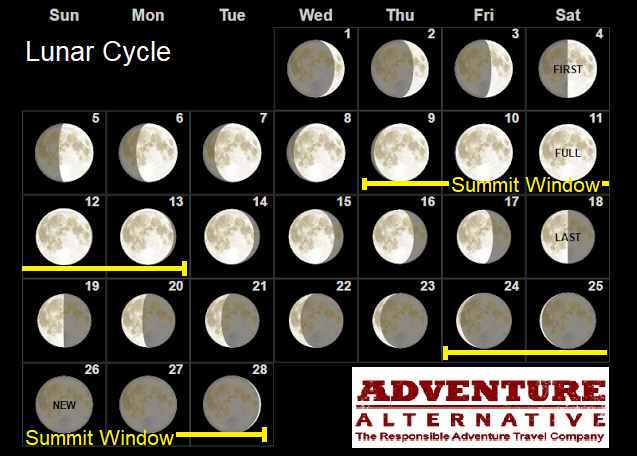
IS THERE A HIGH OR LOW SEASON ON KILIMANJARO?
The final consideration is high and low season. There are no premiums or seasonal savings to be made in terms of the land costs for a climb of Kilimanjaro, though there are high, low and medium seasons in terms of accommodation costs if you’re also planning on doing a safari. There are price differences when it comes to flights with August and January typically being higher priced and something you may like to consider when choosing a time of year to climb Africa’s highest peak.
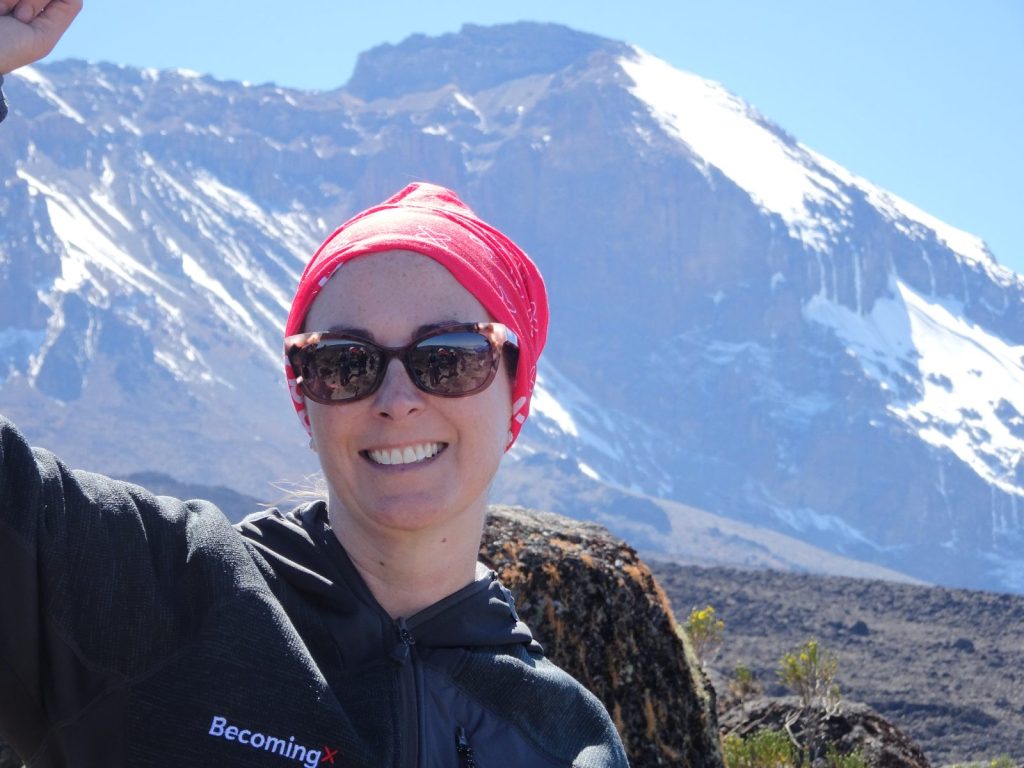
LINKS TO MORE KILIMANJARO BLOGS
HOW HARD IS IT TO CLIMB KILIMANJARO?
HOW LONG DOES IT TAKE TO CLIMB KILIMANJARO?
FACTS ABOUT KILIMANJARO
Related Articles
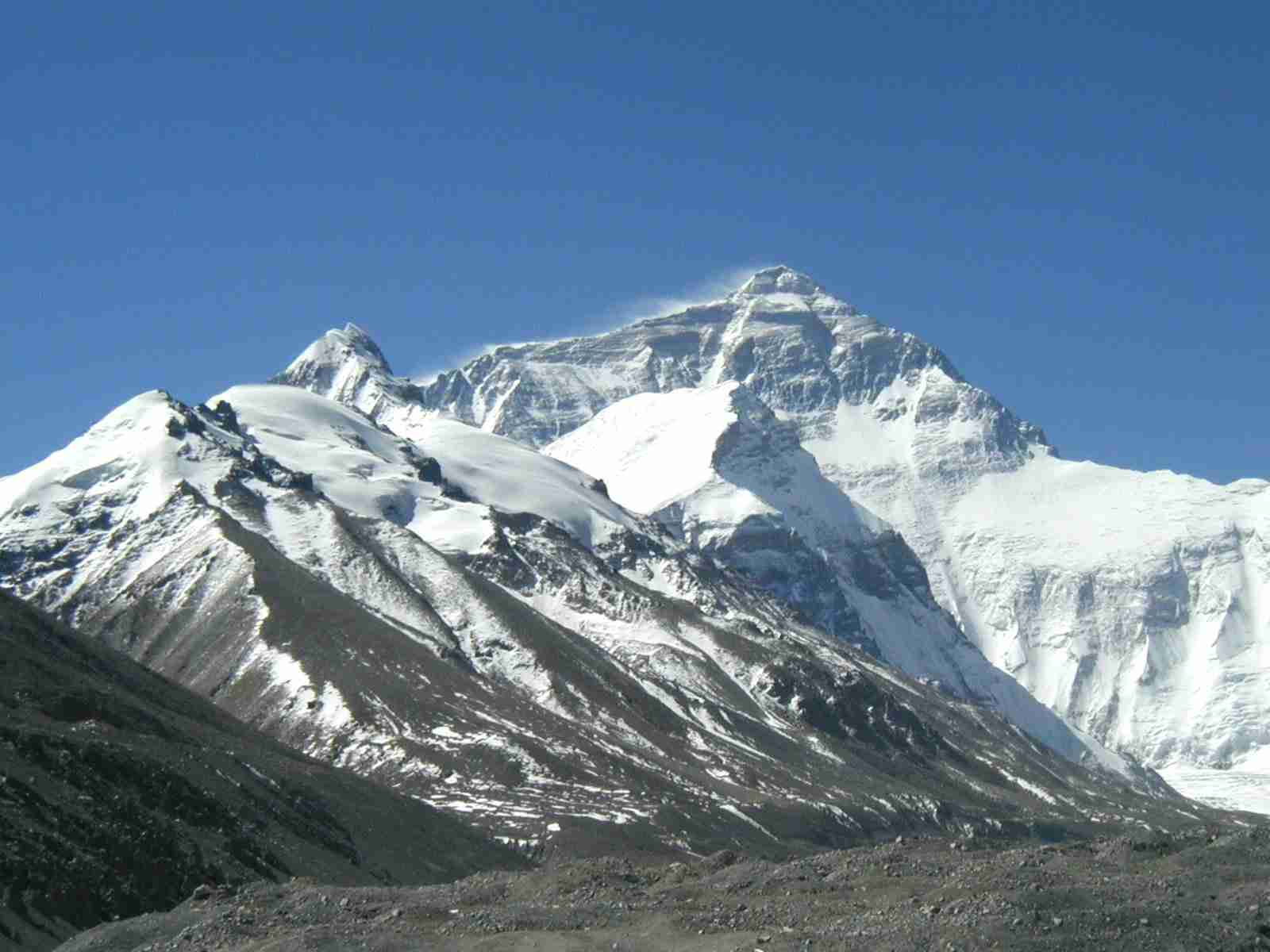
12 MONTHS, 12 MOUNTAINS
In celebration of World Mountain Day, we've created a calendar for the year to make it easy for you to plan your next mountain climb in the...
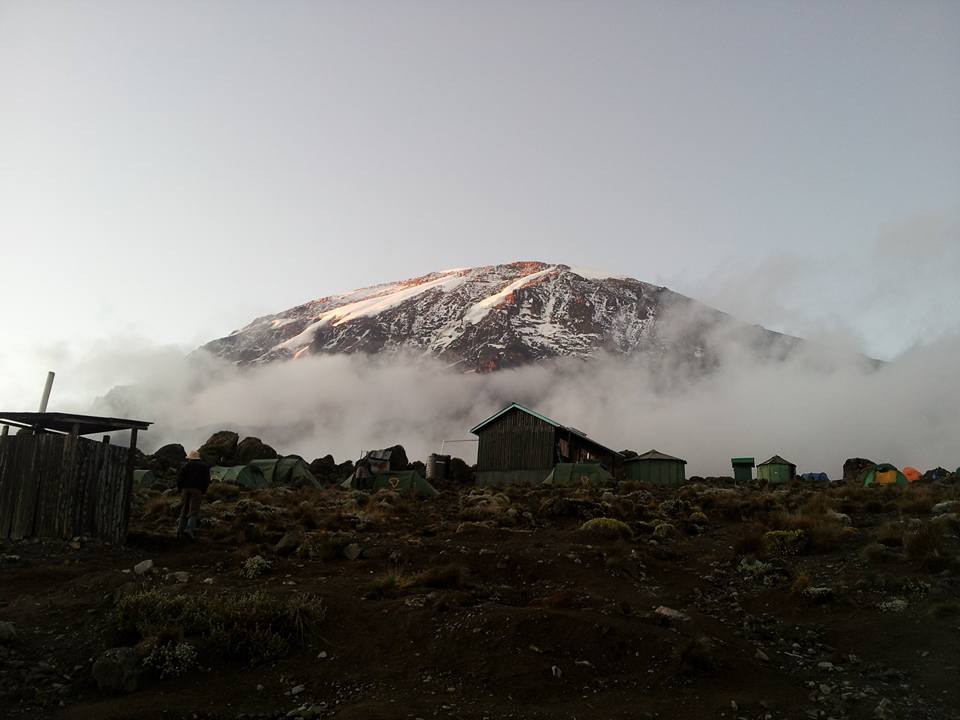
Why Kilimanjaro is a Great Mountain for Any Bucket List
Climbing one of the world’s tallest mountains is not a decision to be taken lightly – it will take endurance, a decent amount of fitness...
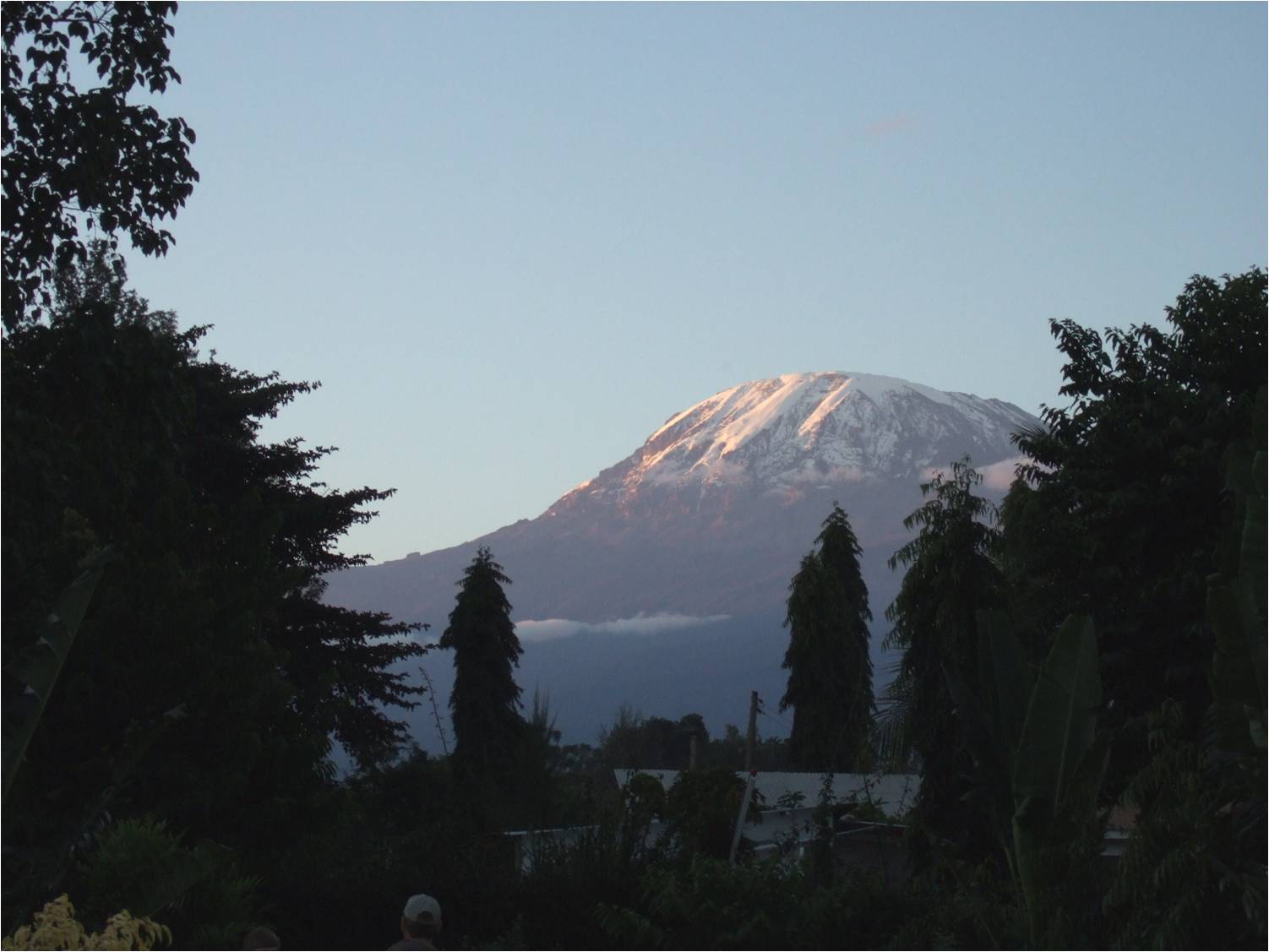
Kilimanjaro Compared to the Other Seven Summits
The 'Seven Summits' is a challenge first proposed and then completed by Richard Bass in 1985. The 7 Summits consists of climbing to the highest...
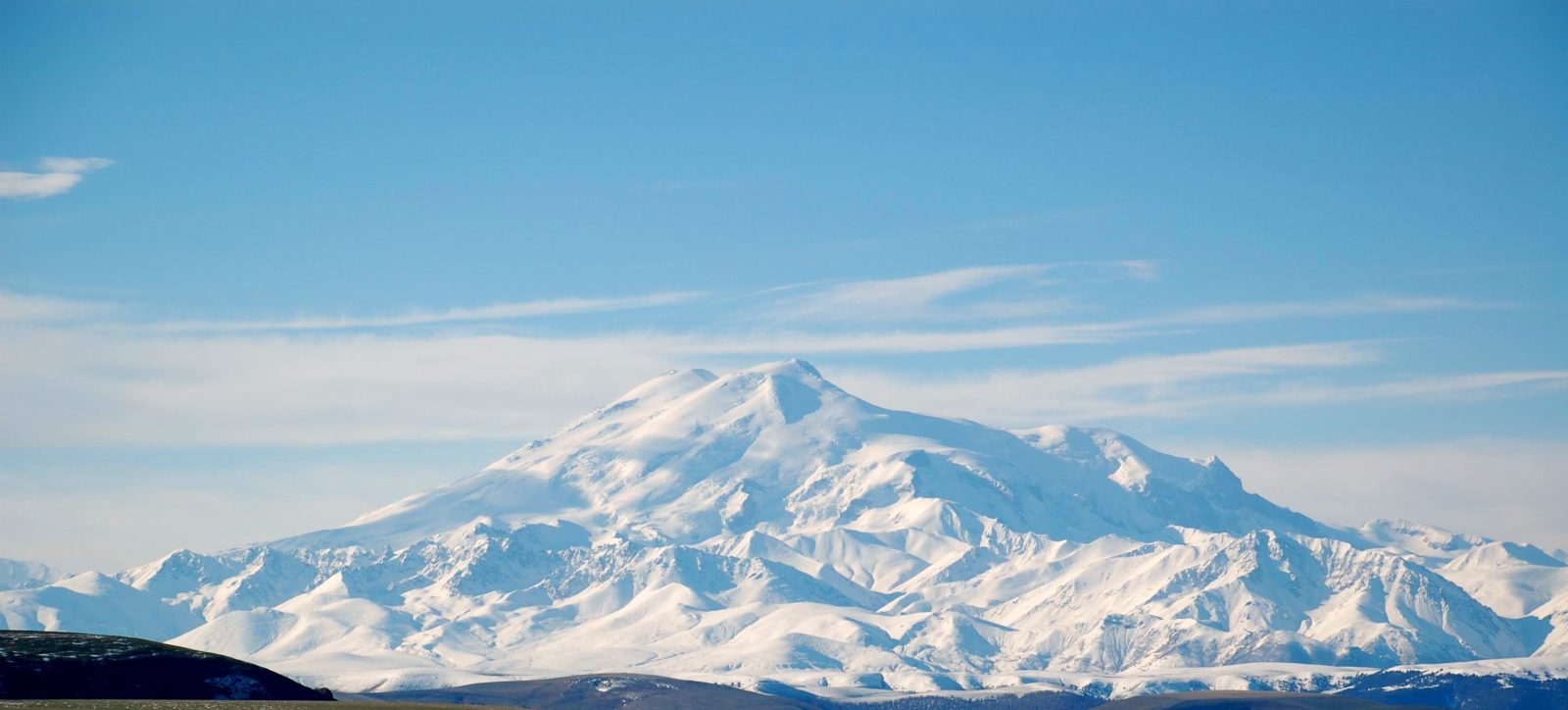
What’s The Highest Mountain in Europe?
Its summit is 18,510 feet (5642 meters) above sea level and it is located in Russia. However the mountain itself - including the glaciers...
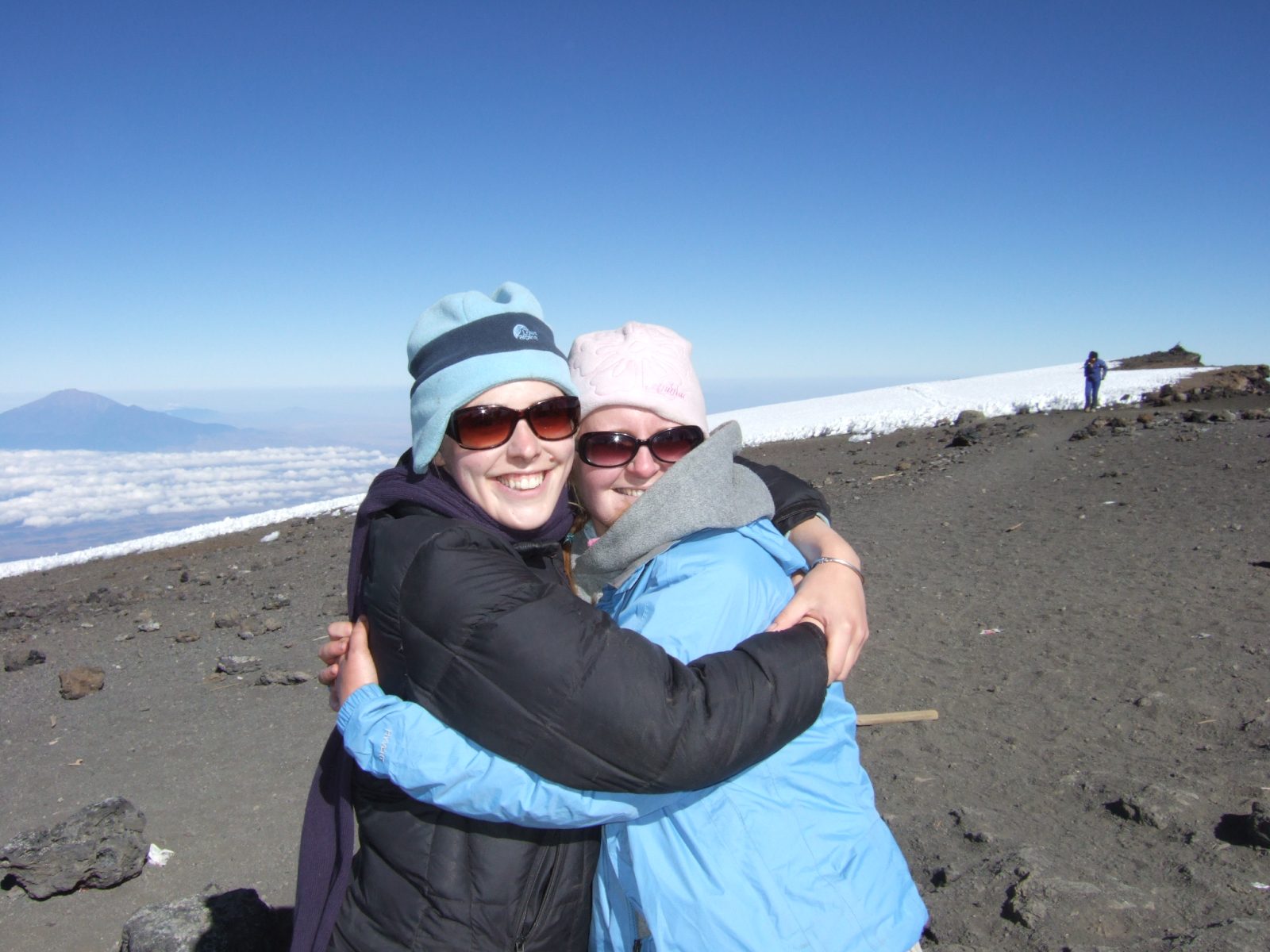
How can I Climb Kilimanjaro for Charity?
We often get asked, ‘how do I climb Mount Kilimanjaro for Charity?’ and the answer is easy, call us to have an initial talk about...
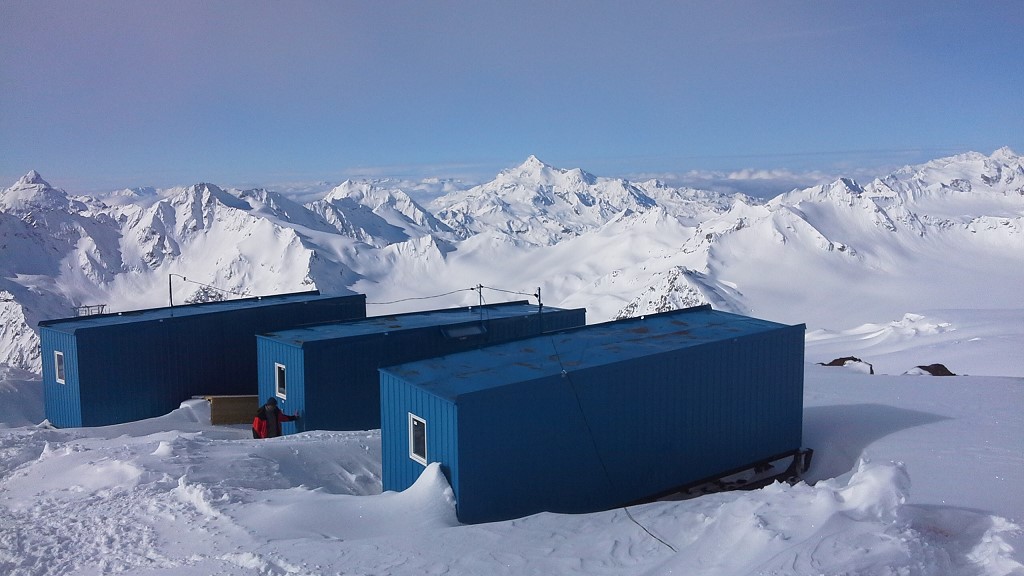
Huts on Mount Elbrus
Years ago when I was guiding clients with my Russian friend Sasha Lebedev to climb Mount Elbrus during the ‘perestroika’ period after...
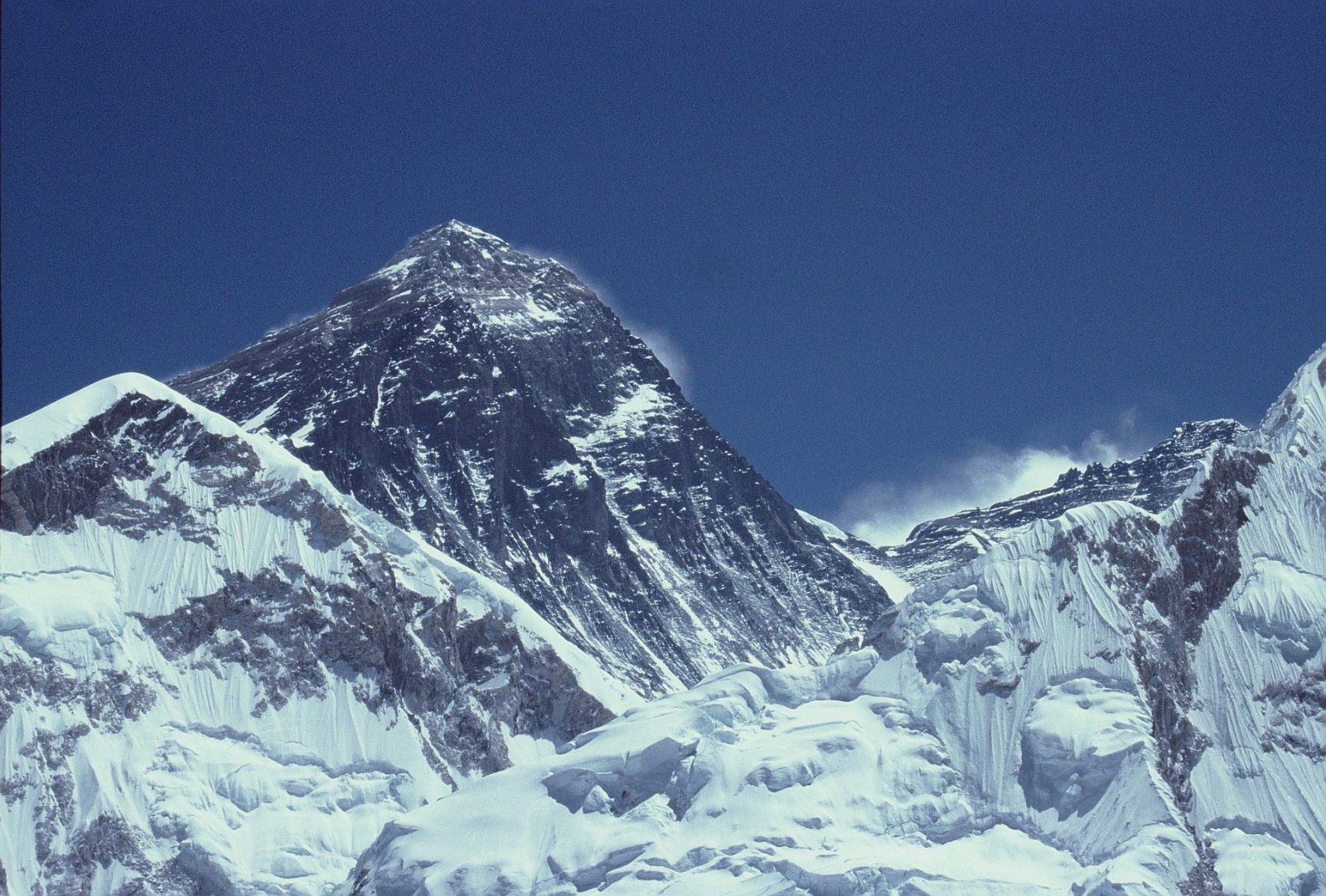
Faking Mount Everest?
An interesting story has come about towards the end of this years season on Mount Everest concerning the claim from an Indian climber that his...
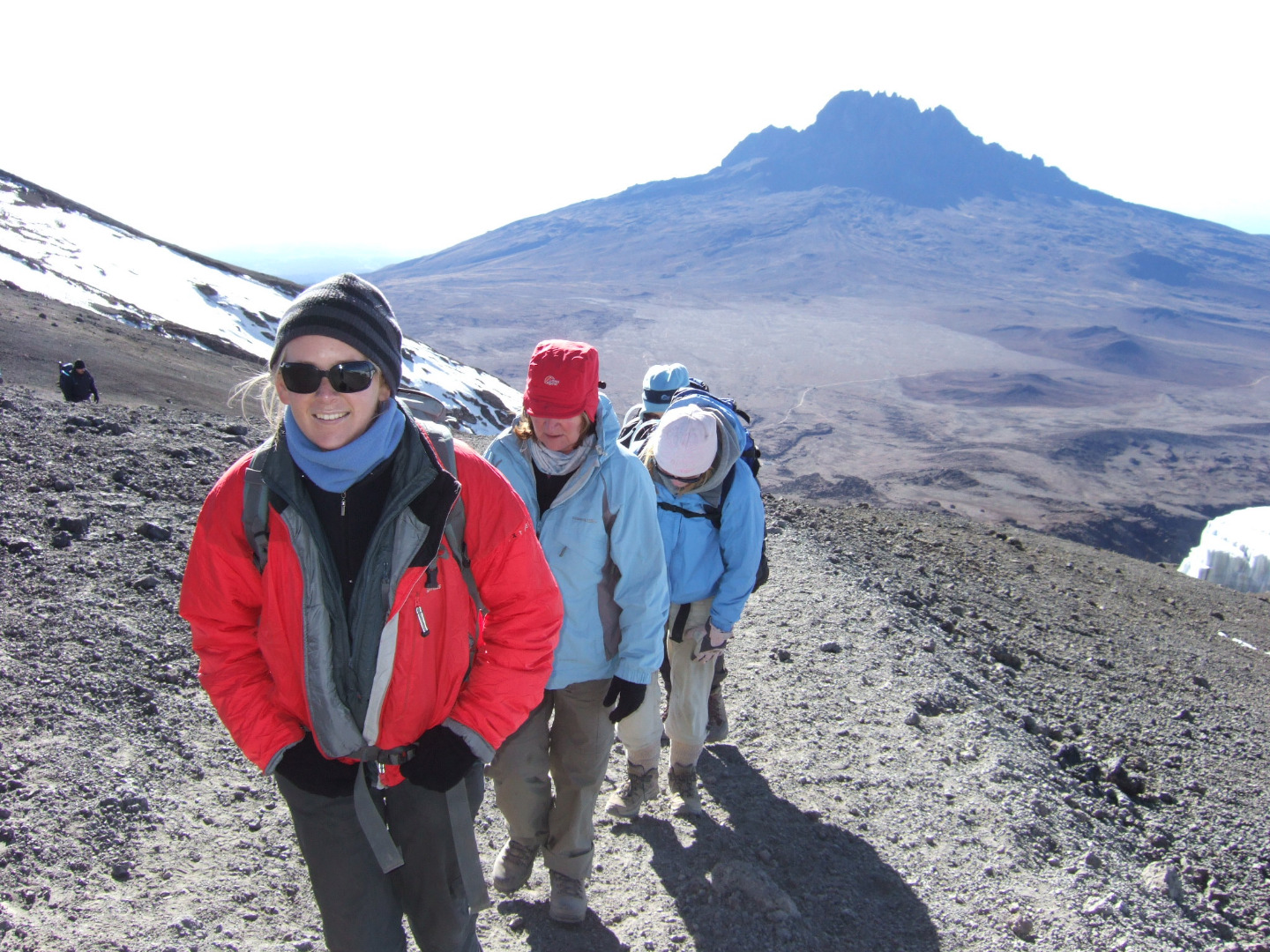
What to Wear on Kilimanjaro
What to wear on a Mount Kilimanjaro Trek is probably the question we get asked most and there is, of course, a kit list for...
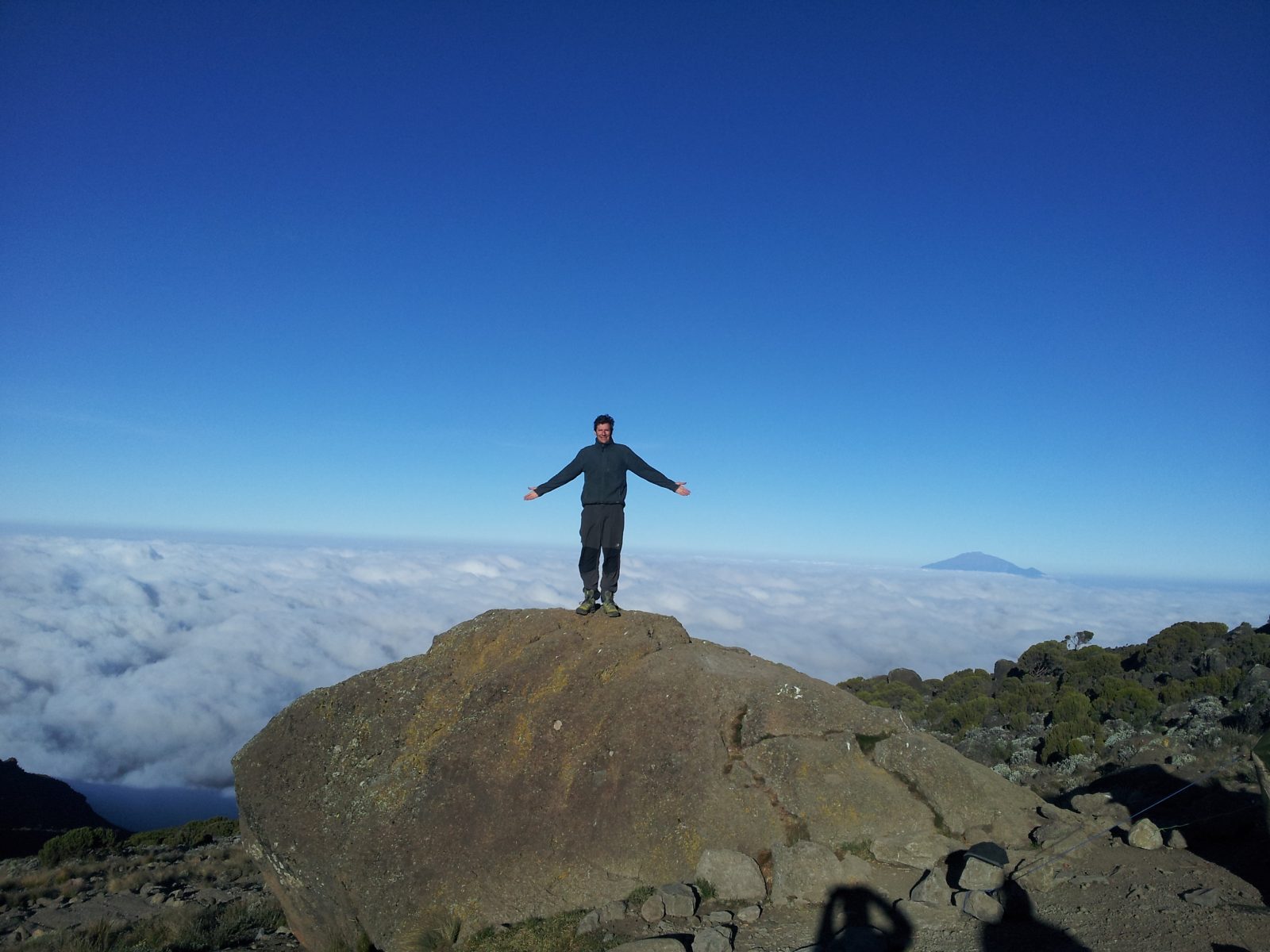
Kilimanjaro Diamox?
Regarding the use of Diamox on a Kilimanjaro climb, there is a tendency now for people to use it as a default drug in order to increase...
